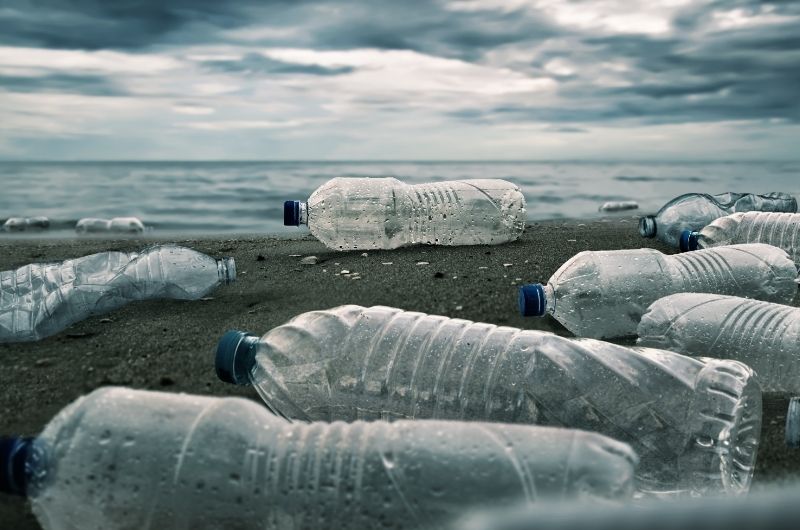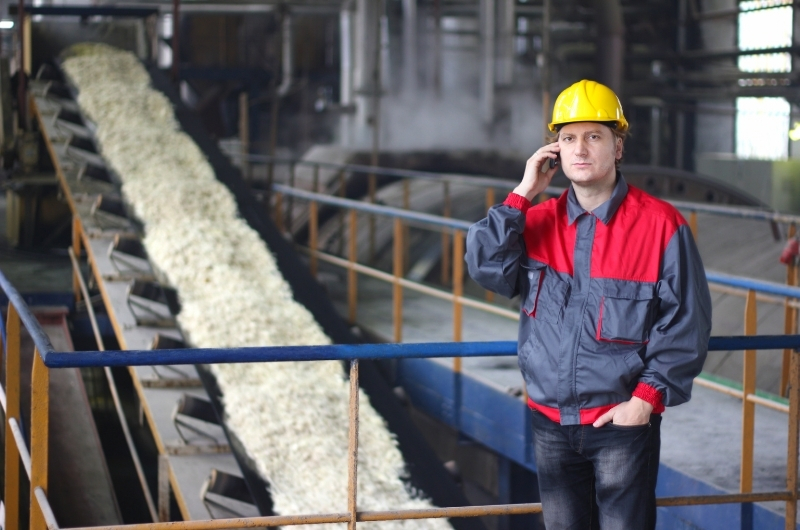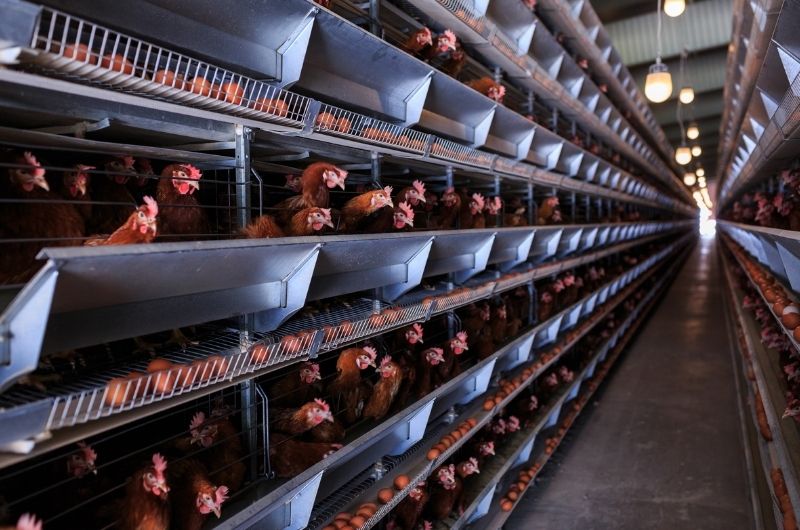Which intelligent race would end up destroying their habitat just because of some habits that they were unable to change? Thinking retrospectively, how dumb and shocking would it sound that species with so much resilience and adaptation could not protect themselves?
Now you would be wondering what role you can play to make it better? Honestly, it can start with anything; even small changes can create dramatic results (like not using straws when eating out).
One of the most effective ways of contributing to the betterment of the environment is using reusable plastic bags. Another way that you can contribute is by avoiding non-biodegradable packing. It’s not just about food items to change, to help the environment, but also about how you consume them.
10 environment-friendly ways of eating

- Avoid plastic bottles. Plastic is one of the major contributors to landfills. Avoiding the usage of plastic packing is your way of protecting your habitat. Discouraging plastic usage can result in the producers doing something about it because of the reduction in demands.
- Usage of organic food. Organic food is stripped of any chemicals and hence does not contribute towards the worsening of the environment.
- Promote local consumption. Eating locally produced goods cut down the pollution caused by the transport of that good.
- Don’t waste the food that you buy. It would help if you tried to buy the appropriate quantity of the food you want to eat. Around 40% of the food waste ends up contributing to land pollution. According to an estimate, approximately 1.3 billion tons of food is wasted in the US every year that ends up in landfills.
- Harvest your own vegetables. Apart from developing a new skill and hobby, which is very fun and especially can kill time during COVID-19. It also saves enormous energy costs in the production of these vegetables.
- Eat less red meat. The process of raw meat reaching the consumer, in the end, involves a lot of energy consumption. Considering energy production causes a lot of pollution eventually ends up worsening the environment.
- Meat from animals should be without antibiotics. Antibiotics and other chemicals used in the raising of these animals hurt the environment.
- Support farmers. The alternative to growing your vegetables is that you support local farmers and especially the farmers near you because this will cut the energy cost contributing to worsening the environment.
- Hormone-free dairy products. Though all dairy products have an opportunity cost of wasting useful environmental resources, using hormone-free dairy products is the key, and the essential thing as the chemicals hurt the environment.
- Eating food that’s in season. Out of season food ends up increasing transportation and increasing the transportation results in wasting of energy.
10 foods that are worse for the environment

- Sugar. Terrible news for people with a sweet tooth. The production of sugar cane is awful for the soil. As it is rich in nutrients, it extracts much of the soil’s nutrients that make the soil infertile, causing future energy conservation hard.
- Rice. As you know, the production of rice has a high usage of water. Water is one of the essential parts of the environment. Considering the crops that can be available for harvesting without much water usage, rice production has a rising opportunity cost.
- Coffee. Coffee production needs a particular environment. It is grown in areas with dense trees around it as it needs protection from direct sunlight. This means that the production of coffee can only occur in areas with dense forests. On the other hand, forests are host to many different species that directly or indirectly are linked to human benefits. This results in forest area reduction and the fertile land being contaminated by pesticides and other chemicals.
- Chocolates. I can understand the pain that you all chocolate lovers can feel. To our sadness, much like coffee, chocolate production also harms the environment significantly.
- Palm oil. Palm oil is used in many sweet products. However, it has a drawback that its production results in several issues. These issues include deforestation, soil erosion, depletion of minerals in the soil, and high greenhouse gas emission.
- Soybeans. It is used in the production of soybean oil and as a portion of food to livestock. Alongside deforestation it also involves heavy industrial processing, which results in the degradation of the environment.
- Corn and cereals. Like rice, these two food items also need loads of water and end up chucking most of the nutrients into the soil, which makes the soil less fertile and worsens the environment.
- Industrial meat. This leaves the worst carbon footprint. The production of meat requires vast amounts of energy that results in harmful effects on the environment.
- Some fruits. It’s still better to eat fruits than meat. However, certain fruits such as mangoes, bananas, and peaches need a considerable quantity of water and pesticides. Large consumption of these chemicals ends up harming the environment.
- Certain seafood. Whereas it is generally preferred to eat white meat instead of red, considering the energy usage in their production, some fish also end up harming the environment. These fish include:
- Salmon:
To produce 1kg (2.2 pounds) of salmon, around 3 kilograms (6.6 pounds) of wild fish gets wasted. It eventually affects biodiversity and results in environmental degradation.
- Other fish that are endangered, such as bluefin:
Consumption of these endangered species will become extinct; it is highly problematic as each species plays an integral role in the econ system and is not recommended for people to become environment-friendlily.
Foods with terrible carbon footprints
Dairy products and particularly meat leave the worst possible carbon footprint.
Eggs

Eggs have one of the worst effects on the environment as it is a cheap and rich source of protein. It results in contamination of water and soil. Furthermore, the production of eggs results in a specific type of harmful greenhouse gases being emitted.
Almond milk
Its production involves extensive water usage and has a droughting effect, making it harmful to the environment. In addition to this, it is more damaging to the environment if imported from other faraway countries because of air pollution caused by transportation.
In addition to the food changes, you can also contribute to the environment by boycotting certain products that are not eco-friendly.
Note that if you do love Almond milk, buy from brands who understand their effect to nature and are working on sustainability and conserving the water that they use during production.
Conclusion
It would be best if you were vigilant about the things you eat, as small changes in your eating habits can result in more significant potential changes. The choices that you make today will enable future generations to also benefit from the beautiful environment that we live in.
You need to shift towards more organic food. You also can have side benefits, for example learning new skills such as gardening.


